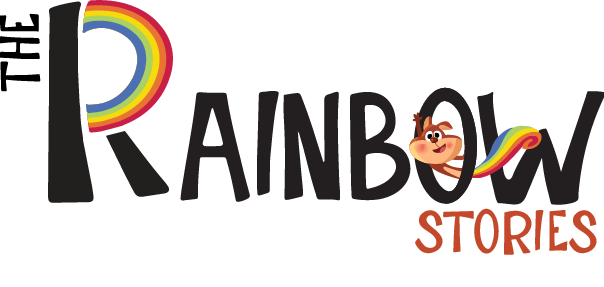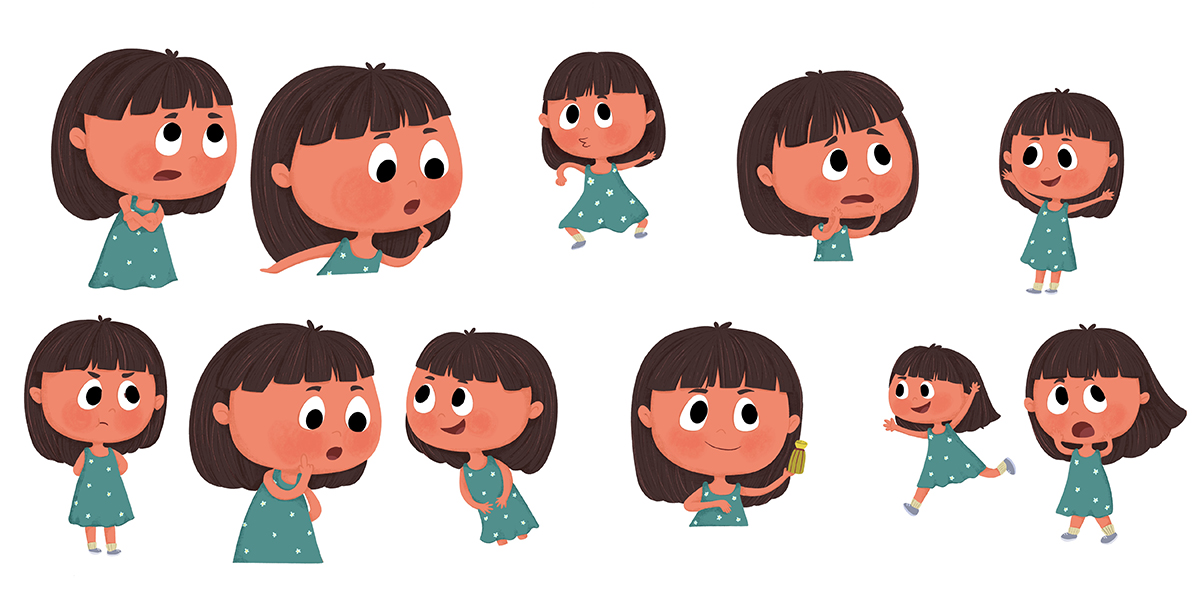Becoming a Book Illustrator in the children’s genre is a dream that blends artistic flair with storytelling magic. To achieve success, you must develop drawing fundamentals, refine your illustration techniques, and master visual storytelling. From character development to technical know-how, this guide walks you through the essential steps.
What Makes a Great Book Illustrator?
To thrive as a Book Illustrator, you need core artistic skills like line art, composition and layout, and color theory in illustration. Proven essential illustration skills include strong digital illustration tools knowledge, familiarity with skills required for children’s book illustrator roles, and adaptability between hand-drawn vs digital art workflows.
Draw Daily & Hone Draftsmanship
Start with consistent sketching practice to build your drawing fundamentals—perspective, anatomy, and shape language. Simple thumbnail sketches evolve into polished line art. Regular practice sharpens your illustration techniques, making it easier to create impactful imagery with clarity. Life drawing and still life help sharpen observational skills vital for visual narrative.
Master Composition and Layout
Great storytelling depends on dynamic composition and layout skills. Study page spread structures, rule of thirds, leading lines, and visual hierarchy. Tools like Domes tika’s “Picture book Illustration” course teach layering scenes with color and elements to guide emotion. This skill ensures each spread flows naturally and keeps young readers engaged.
Develop Visual Storytelling & Character Design
Your ability to convey plot through expression and pacing is key. Character development entails constructing characters that visually mature throughout the plot. Techniques like expressive poses and emotional depth bring characters to life. Consistent personality through gesture, posture, and setting enhances reader connection.
Having trouble making your characters feel real? Our Character Development Services can help you build expressive, emotionally engaging characters that evolve visually throughout your story.
Embrace Color Theory in Illustration
Mastering color theory in illustration greatly impacts reader mood. Bright palettes energize adventure; muted tones create calm. Learn color harmony, contrast, emotional palettes, and consider accessibility with clear contrasts and readability. Skillful use of color elevates storytelling and guides attention.
Learn Essential Illustration Techniques
Familiarize yourself with varied illustration techniques, like hatch shading, mixed media, and digital painting. Creative Repute points out that “drawing from life” strengthens realism in children’s illustration. Proficiency in conventional and digital art improves adaptation in a competitive industry.
Use Digital Illustration Tools Effectively
Today’s Digital Illustration Tools include Procreate, Photoshop, Illustrator, Affinity Designer, and Rebelle.
- Procreate is an iPad favorite, offering smooth brush dynamics and fast export.
- Photoshop and Illustrator remain industry standards with robust layering and vector tools.
Rebelle mimics traditional media digitally. Mastering these tools elevates your workflow and professional output.
Balance Hand‑drawn vs Digital Art
Many illustrators use a hand‑drawn vs digital art hybrid process: scan rough sketches, polish digitally, and refine with traditional textures scanned in. This method merges the tactile charm of traditional drawing with the flexibility and precision of digital tools.
Implement Strong Storyboarding Skills
Storyboarding skills are critical for illustrating books. Sketching simple spreads first helps establish pacing, character positions, and visual impact before refining. Gelato’s guide on storybook workflow highlights this sequence: concept → storyboard → character design → final art.
Cultivate Visual Storytelling & Composition Expertise
Your talent for visual storytelling extends beyond character art. It includes narrative flow, symbolic cues, background detail, and clarity. Number Analytics notes that guiding a reader’s eye through composition, using leading lines and negative space, strengthens engagement.
Fine‑tune Color Theory & Story Cohesion
Beyond emotion, color sets tone, theme, and readability. Big Red Illustration emphasizes that color shapes both mood and reader retention, and must remain consistent across spreads. Consistent palettes reinforce brand identity and storytelling cohesion.
Great illustrations make stories unforgettable. See that magic in action at The Rainbow Stories, where children’s books come to life through expressive art and creative character development.
Practice Artistic Skills & Experiment
To sustain growth, regularly practice artistic skills like drawing, watercolors, digital painting. Explore new illustration techniques to refine style and stay fresh. Experimentation—vector, collage, charcoal—helps define a unique voice.
Build a Portfolio That Demonstrates Strength
Your portfolio should showcase line art, digital spreads, color compositions, character progression, and storyboard samples. Include both hand-drawn roughs and polished final pages. This combination highlights your composition and layout, technical mastery, and storytelling prowess.
Keep Learning & Stay Resilient
Publishing demands versatility and professionalism. The role requires adaptability, collaboration, and industry knowledge. Stay updated with trends: explore graphic novels, fantasy, board books. Engage in communities, workshops, and critique groups to evolve your skills.
Real‑World Workflow Checklist
- Sketch daily for drawing fundamentals.
- Draft thumbnails to refine storyboarding skills and composition.
- Create expressive characters and test layouts.
- Develop color palette based on story mood.
- Finalize in digital or hybrid format using your preferred tools.
- Build portfolio, seek feedback, iterate, and repeat.
Conclusion
Becoming a thriving Book Illustrator in the children’s space demands a blend of essential illustration skills—from Drawing Fundamentals and character development to color theory, Digital Illustration Tools, narrative flow, and portfolio excellence. Evolve your artistic skills, embrace quality storyboarding, and choose the right tools to bring joy to young readers across the globe.
With persistence, experimentation, and storytelling heart, you’ll be well on your way to becoming a standout book illustrator. Let your imagination guide the art—and the story will follow.

